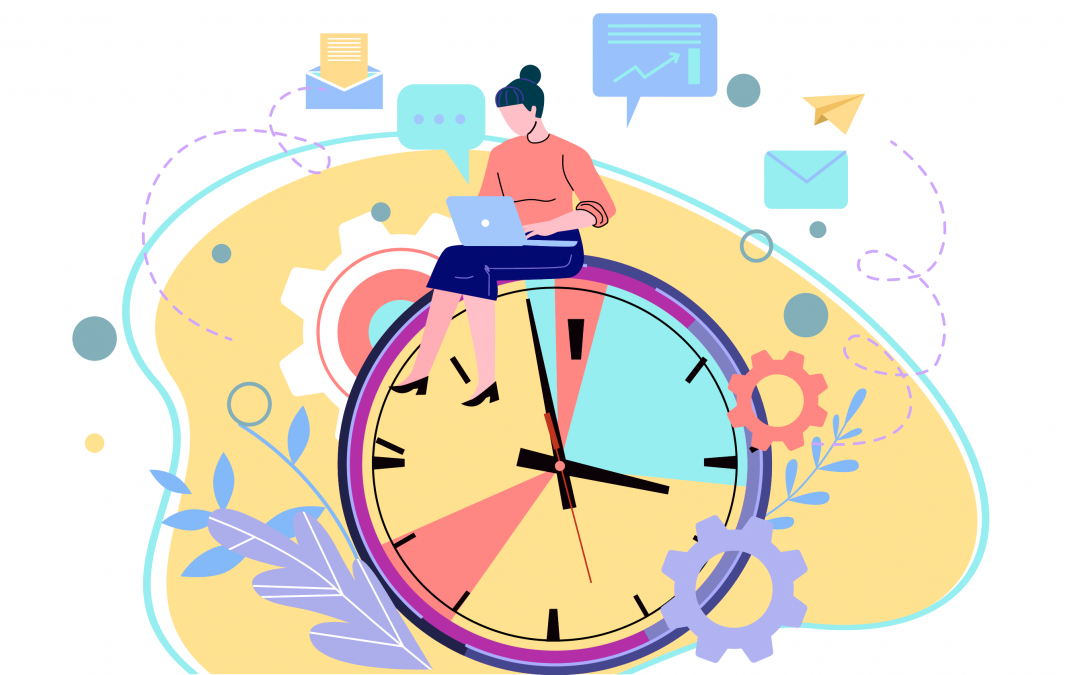This past year has been a real challenge for many of us, leading to big changes. Worldwide people’s lives have changed overnight without any time to get accustomed to what some have called the ´New Normal´. Nothing is as it used to be and we have been forced to stay home, exercise at home, wear masks, travel less or restricted, and work from home. The divide between personal and work life all the sudden disappeared and we were now also able to take a look into colleagues’ and customers’ homes and family life, making working a strange, and for many, new combination of professional and personal. That manager for instance that always showed up at the office smartly dressed looking like he just stepped out of a magazine, turned out to wear sweatshirts and joggers at home whilst his dog kept jumping in front of the screen during meetings. Children being hungry every 5 minutes when mummy was leading an important board meeting, or barely dressed family members walking around not realising half of the office was watching. We have seen it all, and our current workplace is not the way it used to be at the office. The balance many of us achieved between work and life in the past, disappeared and this was something we were not prepared for and challenging to say the least.
With all these changes, paying attention to mental health has never been more important. Due to the duty of care employers have a responsibility for the mental wellbeing of their workforce at work. But when most of the workforce is working from home, this can be a challenge employers are not well equipped for. When we think of mental health, we cannot deny the immense effect the usage of digital devices has on this, especially in the work environment. Healthy usage of digital devices and along the same lines, digital wellness is therefore key in aiding overall mental and physical wellbeing in the workforce.
Nobody knows how, when, or even if things will ever go back to the way they used to be before the pandemic, and it seems that some shifts that have been made are here to stay. A Gartner poll for instance shows that 41% of employees will likely work remotely at least part of the time after COVID-19 versus 30% before the pandemic. We should also take into account that as technology has rapidly evolved throughout the years, there was already more and more a shift to remote and flexible working and that the current situation just fast forwarded this process drastically.
Organisations are already aware of the importance of a healthy workforce and aiding and promoting the digital wellness of employees is not only from a moral perspective a necessity, but it is also a requirement to ensure good results and productivity, which is what every organisation hopes to achieve. With this in mind it makes sense that many organisations have started to look into and invest in ways to promote digital wellness amongst their team. And not only organisations have started focusing on this more, but many countries are also adjusting their laws to fit this current remote working society. In Spain for instance the new legislation 28/2020 aims at protecting the rights of those working from home. By law organisations must take measurements to ensure employees are healthy and can work productively.
So how can employers fulfil their duty of care when people are working from home? Previously useful methods such as face to face meetings, checking hours employees spend at the office, a quick catch up during break time, feedback from co-workers and so on are now unavailable. This has led to the need to a different approach.
To promote and maintain digital wellness for the workforce it will be necessary to understand their work habits, to know how people interact with their digital world. Raising awareness on the importance of creating healthy work habits is key. Work life balance as we used to know it, depends on realising when you should be working, but also when you should not. In this digital era it might not always be easy to not reply to a work message coming in on a Sunday, but doing so can really affect our overall wellness, as we all need time to disconnect and focus on family, hobbies or sport without work related disruptions. Taking the time to disconnect will help us be more focused and productive when we do work, as it allows us to recharge and refocus.
Employers can play an important role by offering their workforce the right tools to be able to observe their digital work habits to see their challenges and with a clear overview organisations can help to improve their digital wellness.
About Apps2Digital
Apps2Digital is the intelligent, fast, and simple way to discover, package and manage apps on-premises and in the cloud. We are a cloud platform that helps you to effortlessly deliver legacy and SaaS apps to an unlimited number of physical or virtual devices. By using Apps2Digital you can ensure effective remote working, enhance productivity, and maintain your employee’s digital wellness in the age of the new normal. Founded by a group of EUC experts, our aim is to accompany organizations on their digital transformation journey to modern application management. Visit apps2digital.com or flexxible.com/apps2digital for more information.
Lia Pieters
Community Manager, Flexxible IT
Your content goes here. Edit or remove this text inline or in the module Content settings. You can also style every aspect of this content in the module Design settings and even apply custom CSS to this text in the module Advanced settings.

